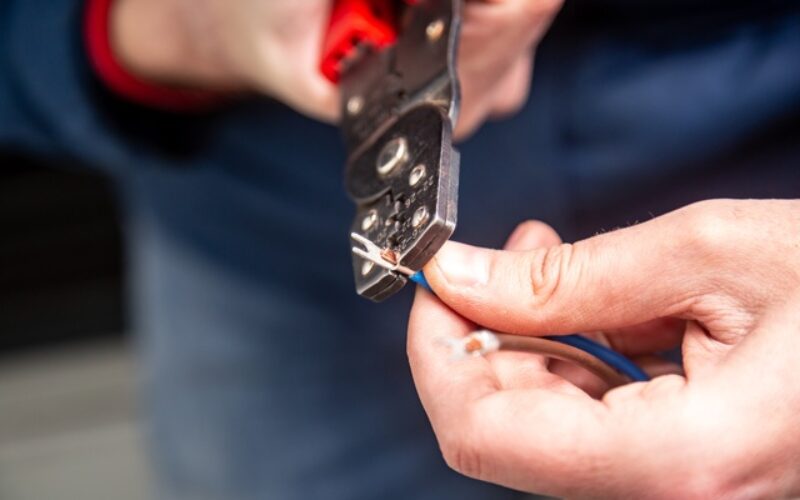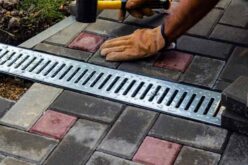A high-quality crimp guarantees a strong, secure connection that resists vibration and corrosion.
However, a poor crimp can cause intermittent failures or even complete system breakdowns. In this guide, we’ll outline the major factors for crimp quality and what operators need to know for crimping success.
Choosing the Right Tool for the Job
The first step toward a successful crimp is selecting the proper tool. Using a generic or incorrect crimper is a common cause of failure. Each type of terminal requires a specific tool that applies pressure evenly and creates a secure bond.
A high-quality crimper features dies that match the size and shape of the connector you are using. This precision verifies the correct formation of the terminal around the wire without damaging either component. Investing in the right tool for your specific application is a critical decision that directly impacts the reliability of your electrical connections.
Preparing the Wire Correctly
Another factor in crimp quality that technicians must know for crimping success is wire preparation. Before crimping, you must strip the wire insulation to the correct length. Stripping too little insulation will prevent the wire from fully inserting into the terminal, resulting in a weak connection.
Stripping too much insulation will expose the wire, creating a risk of short circuits. Use a quality wire stripper to make a clean cut without nicking or cutting the wire strands.
Using the Correct Crimp Connector
Selecting the right connector is crucial for a successful crimp. Crimp connectors, or terminals, fit specific wire gauges and applications. Using a connector that is too large for the wire will result in a loose connection that can easily pull apart.
A connector that is too small may damage the wire strands or prevent a secure crimp from forming. Always check the manufacturer’s specifications to ensure the terminal matches the wire gauge you are working with.
Applying the Ideal Crimping Pressure
Finally, creating a quality crimp also requires the application of the correct crimping pressure. Too little pressure will create a loose connection with high electrical resistance, causing overheating and potential failure. Too much pressure can crush the terminal, damage the wire strands, and weaken the overall connection.
Consistency crimping pressure also matters for industrial processes that require repeated crimps. Automated crimping tools excel in applying the ideal crimping pressure repeatedly, making them ideal for high-volume crimping environments.
Building Reliable Connections
Mastering the art of crimping comes down to attention to detail. By carefully selecting the right tool, properly preparing the wire, choosing the correct connector, and applying the right pressure, you can create strong and dependable electrical connections.
Each of these factors plays a vital role in ensuring the final crimp is secure and performs as intended. Consistently following these steps will help you avoid common pitfalls and achieve professional-quality results in your wiring projects.
Image Credentials: by a Sander Studio, #350282311
end of post … please share it!
-------------------------------------------------------------------------------------------------------------
-------------------------------------------------------------------------------------------------------------
home remodeling reference (links to internal page)
 |
 |
 |
 |
| directory | photos | forms | guide |
Helpful article? Leave us a quick comment below.
And please share this article within your social networks.











